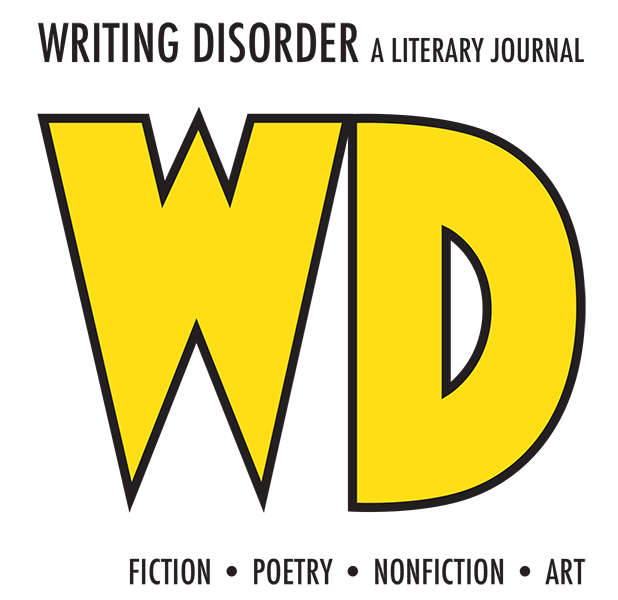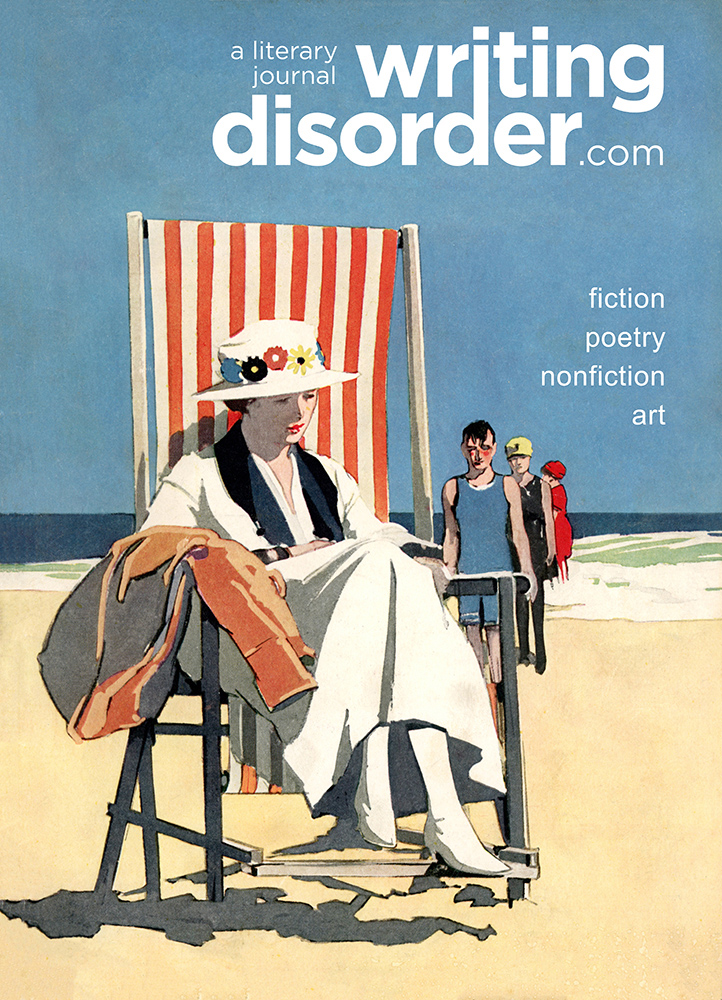Along the Lines of Improv
by Cecilia Kennedy
Pythons move in straight lines forward. They stiffen their ribs and lift their ventricle scales on their bellies to keep pushing ahead. A straight line extends infinitely in either direction, without curving, but in a realm of infinite possibilities, where straight lines may intersect, any number of them could determine the path a python takes, and where it ends up.
#
Plagued by what she calls “brain bumps,” Peggy vows to make creativity flow on the job by taking an improv class. At work, her mind clogs with thoughts, pelted by self-doubt, so she travels twenty minutes to the theater at the edge of the Millerstown Strip Mall to take Saturday-morning classes, but here’s what she doesn’t understand: Why does all improv have to be funny? Peggy dreams of moving an audience to silence with admiration—a story so powerful that a rush of emotions builds, and people leap to their feet to applaud when she’s done.
But so far, the skits and exercises inevitably lead to bathroom jokes or characters she doesn’t understand, but she keeps going, hoping to learn something. There’s a mirror in the classroom space, which also doubles as a dance studio. In the mirror, they can practice making faces—or see other’s reactions.
Today, Bob is playing his chain-smoking character who wants to teach his student (Peggy) to play the blues, which of course requires her to sing—horribly—and she doesn’t want to do it.
“Push the note like you’re grunting one out,” he says, in his fake, raspy voice, but she doesn’t want to. Such a thing is so ugly and crass. She’d strain her neck, and her face would transform into something hideous with lines and wrinkles.
“I’m actually here to buy a guitar,” Peggy says, trying to change the scene—to avoid having to make a fool of herself, but Bob insists, and she feels cornered. She catches her face in the mirror—all red and scrunched up. She also sees the faces of the other students in the class, reflecting looks of cringe and pity. The instructor steps in, stops the exercise, moves to the next person. A hissing sound expels from the radiator-heater in the back, as Peggy follows the lines of the floorboards towards the exit, reaching her car at the edge of the wooded area behind the theater. The stream is alive with sound and movement—splashes, jumps, and sun light, but she’s headed straight home.
#
During rehearsal, right before the matinee improv production, the instructor reminds the students to listen to one another, to respond with open hearts, to let the story unfold in any way it might. Peggy tries to quiet her bubbling and fizzing brain, so overloaded with a toxic mixture of ideas and doubt, that she can hear banging on the pipes overhead, the creak of a door, a slither-sound of the wind as it rushes through the tiny holes of daylight dotted into the roof and frame of the building.
When rehearsal starts, Stan assumes a stubborn character who is waiting for a bus. Peggy tries to get him to do something other than stand there and smile and repeat the same two lines, but he won’t budge. The more he resists, the more her gestures become desperate. She jumps up and down, screaming that they’re wasting their lives, just waiting for a bus. With her entire soul, she yearns for a transformative moment on stage, a breakthrough, but at the end of the class, everyone decides that Stan stole the show.
#
Hours before the performance, Peggy reads news headlines on her phone, but they keep getting interrupted with alerts from a neighborhood website she signed up for, where frantic neighbors post warnings about car prowlers. Apparently, a neighbor has discovered that the area behind the Millerstown strip mall is overrun with unusually large pythons, and when the wildlife team and sheriff’s department split one open, they find missing people’s bones. A strong discomfort in Peggy’s stomach overtakes her, but it’s quickly erased by thoughts of the performance ahead.
#
A small audience has gathered in the theater, mostly friends and family of the other actors, but Peggy is determined to elevate the form of improv. Improv has a pure soul, and so does Peggy.
The first scene is a bank, and they’re supposed to count imaginary money and develop the story from there. Peggy’s legs feel weak and wobbly, but she stands up tall and moves forward.
“Money isn’t the most important thing in life,” she says, and when she’s said those words, she hears the doors creak open in the lobby, and she takes the sound as a sign that she’s on the right path. She’s really listening now, opening herself up to the moment. She must continue, right along the line she’s started.
“Like hell, it is,” Bob replies, and the audience erupts in laughter. But Peggy will not be shaken. Behind her, from down the hall, she hears a smooth sound, almost imperceptible, and she faces the audience head on.
“It’s the ruin of souls,” Peggy says. “We stand at its mercy, and it divides us.”
“Here, divide this and stack it,” Bob says, but Peggy persists. The smooth sound is in the wings now, and she knows this moment is pure and true.
“I’ve loved with all my heart, and I’ve earned nothing in return. All of this is nothing.”
She feels a stillness in the air, and when she looks out at the audience, and into their faces, all eyes are on her. She feels a rush of warm air surrounding her, on all sides, from behind, and opens her arms to take a bow. When she turns around to leave, the unhinged jaws of the biggest constrictor anyone has ever seen, are gaping wide, its patterned scales breaking the straight line around its lower half, coiling tightly around her.
BIO
Cecilia Kennedy taught English and Spanish courses in Ohio before moving to Washington state and publishing short stories in various magazines and anthologies. The Places We Haunt is her first short story collection. You can find her DIY humor blog and other adventures/achievements here: (https://fixinleaksnleeksdiy.blog/






 Cecilia Kennedy earned a doctorate in Spanish literature and taught English and Spanish for 20 years in Ohio before moving to the Greater Seattle area with her husband, teenage son, and cat. In 2017, she began writing fiction for the first time. Since then, about sixteen of her short stories have appeared in eleven different literary journals/magazines online and in print. She also has a blog called “Fixin’ Leaks and Leeks,” where she chronicles her humorous attempts at cooking and home repair. (
Cecilia Kennedy earned a doctorate in Spanish literature and taught English and Spanish for 20 years in Ohio before moving to the Greater Seattle area with her husband, teenage son, and cat. In 2017, she began writing fiction for the first time. Since then, about sixteen of her short stories have appeared in eleven different literary journals/magazines online and in print. She also has a blog called “Fixin’ Leaks and Leeks,” where she chronicles her humorous attempts at cooking and home repair. (











